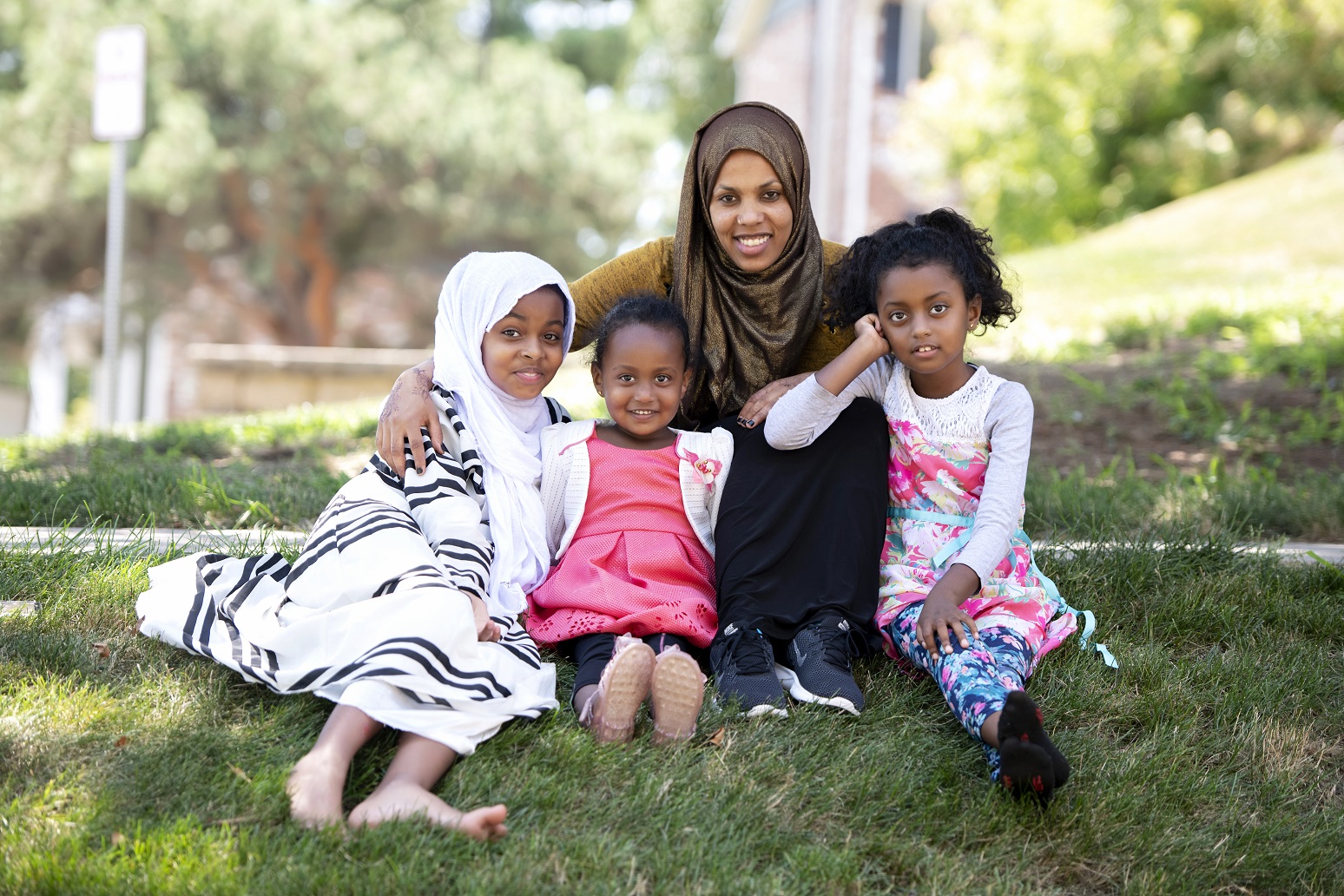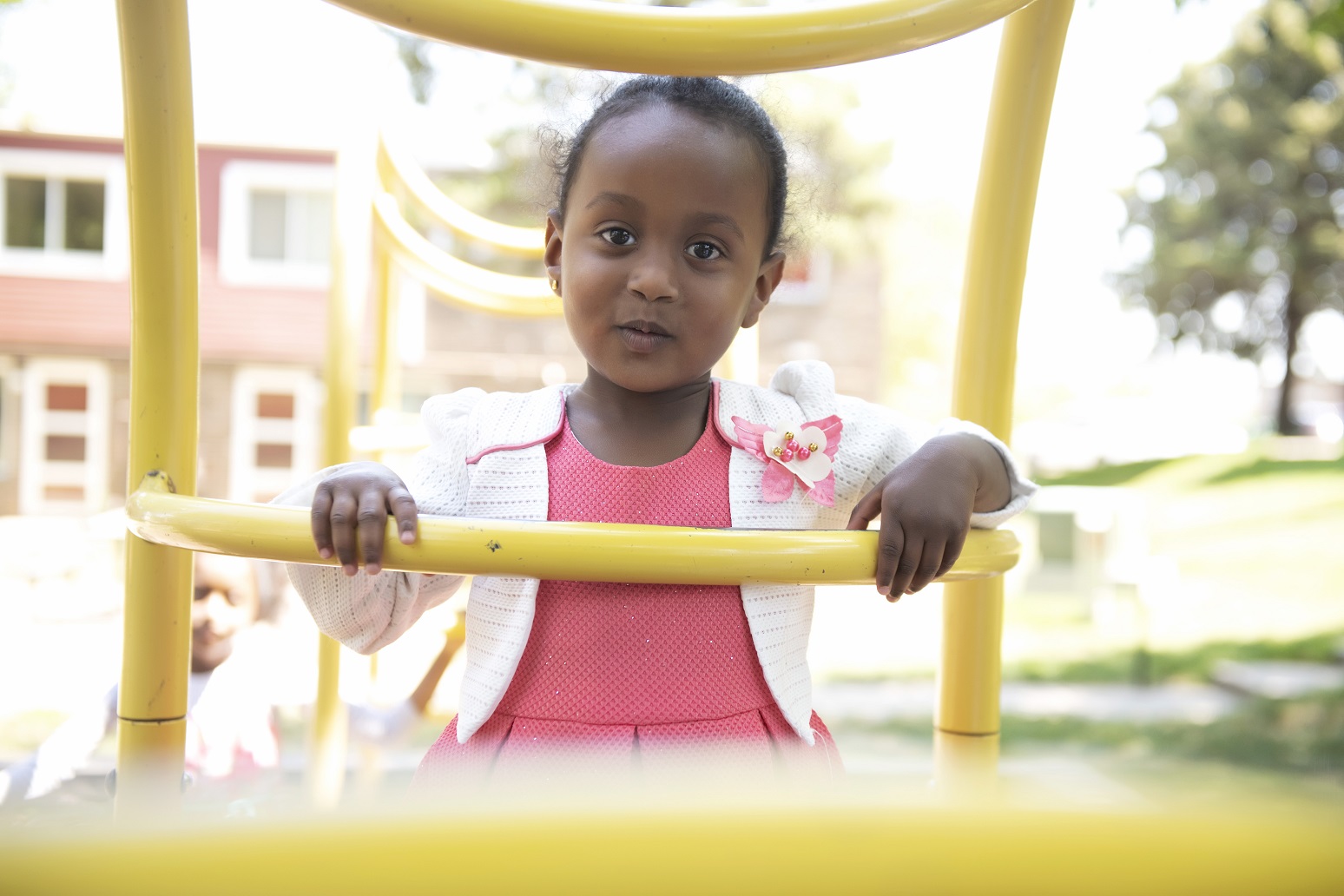For over a year the world has read daily headlines containing the latest numbers of cases, hospitalizations, and deaths from the COVID-19 pandemic. While much of the focus is on infection rates, less attention goes to secondary effects, two of which are housing insecurity and learning loss.
While there’s no silver bullet to deal with these impacts on children and families, we’ve seen numerous examples of schools, nonprofits, faith-based organizations, and others pivoting their services to meet the increased need.
One such organization is Oakridge Neighborhood, which is providing wraparound services to provide stable housing, employment services and education support for families in Des Moines. As Iowa’s largest project-based Section 8 housing complex, Oakridge Neighborhood offers “safe, affordable housing coupled with wraparound services to create opportunities for individual and family success.”
Oakridge, a community of 1,100 residents in central Des Moines, is just one of many communities grappling with the growing deficit in humane housing and lifelong learning, two of the conditions highlighted in the recently released Thriving Together: A Springboard for Equitable Recovery and Resilience, as two of the seven vital conditions that all people and places need to thrive. The pandemic and subsequent economic fallout has put a strain on the capacity of communities across the country to satisfy these two vital conditions.
While a more limited and temporary eviction moratorium was reinstated after the federal eviction moratorium expired on July 31st, “a recent US Census Bureau survey found that 3.6 million people are less than two months away from eviction, representing nearly half of US renters who are behind on payments.” (Quartz) The problem is even worse for people of color. “During the pandemic, renters of color have reported less overall confidence in being able to pay their next month’s rent and have reported not having paid the previous month’s rent on time at disproportionately higher rates than their white counterparts.” (American Progress) There are a number of factors that contribute to this disparity, among them historical racist housing practices and disproportionate levels of job loss due to the pandemic.
As access to affordable and stable housing decreases, so does the likelihood of educational attainment. According to research from Housing Matters, “Children who live in a crowded household at any time before age 19 are less likely to graduate from high school…” Similarly, “living in poor-quality housing and disadvantaged neighborhoods is associated with lower kindergarten readiness scores.”
Even without the added strain of housing insecurity, we’ve seen academic achievement suffer due to a combination of decreased instructional time and the quality of instruction possible in a virtual learning environment. While it may take years to study the long-term academic consequences, preliminary data is telling. According to data from McKesson and Company by fall of 2020, “students, on average, started school about three months behind where we would expect them to be in mathematics…and a month and a half behind for reading.” Low-income and students of color are likely to fair worse due to factors such as broadband availability, lack of access to a dedicated device for virtual instruction, and parental availability to assist with learning.
 The Oakridge Neighborhood has been addressing both housing and educational needs, as well as helping people with employment. The organization provides a full range of services, many of which have become even more critical during this past year.
The Oakridge Neighborhood has been addressing both housing and educational needs, as well as helping people with employment. The organization provides a full range of services, many of which have become even more critical during this past year.
Some of the services provided include:
- Housing- In 2020 the Oakridge Neighborhood housed 1,100 residents in their 300 townhome units and 39 senior living apartment homes.
- Early childhood services- Helped 80% of the 125 children it serves at Oak Academy reach kindergarten literacy proficiency through high quality childcare and early enrichment education.
- Youth Education and Engagement- Provided support to 180 K-12 students through after-school and out-of-school programming focused on the academic, social, emotional, and enrichment needs of students.
- Family and workforce programs- Provided 1,289 people with intensive case management and job readiness skills. Oakridge Neighborhood offers services — for speakers of English and multiple other languages — designed to improve computer skills, resume writing, networking, and other skills necessary to compete in the modern workplace. The Workforce & Resource Center includes new computers and other resources for client use.

Oakridge Neighborhood knows that a full complement of services is necessary to support their community in normal times, but their support became even more important during the pandemic. In addition to their regular programming, during the pandemic the housing organization complex:
- Translated important COVID-19 information for families, providing resources and emotional support.
- Disseminated resident and client surveys assessing employment status, COVID awareness, immediate needs, and overall wellbeing.
- Implemented new services, including food and prescription delivery and assistance with medical intervention, food insecurity and unemployment applications, and contacting creditors due to job loss.
- Conducted routine health and welfare check-ups.
- Retained additional multilingual employees to provide increased translation capabilities and case management services.
- Established new partnerships with employers and staffing agencies to bring significant new employment opportunities to clients.
- Expanded Youth Department programming to 10 hours daily as students schooled virtually.
- Implemented WhatsApp to communicate with residents of multiple languages.
- Organized resident giveaways of fresh produce and nonperishable goods, including: coats, clothing, household items, and cleaning and hygiene supplies.
- Maintained operation of Oak Academy early care and preschool, so frontline workers and those supporting families could work.
Oakridge Neighborhood is just one example, but the silver lining of this crisis and its untold consequences is that we’ve seen examples big and small of communities coming together, pulling resources, and innovatively meeting the moment and caring for one another. At the onset of the crisis the League compiled a list of examples from communities that have used strong civic capital to respond to the pandemic. Additionally, this year’s All-America City finalists and winners inspired us with the ways that they’ve managed to build equity and resilience, even amid a challenging year.
Next year’s All-America City awards will recognize communities, housing developments, organizations and agencies using housing as a platform for learning recovery. Join us! More information is at 2022 All-America City Awards.



